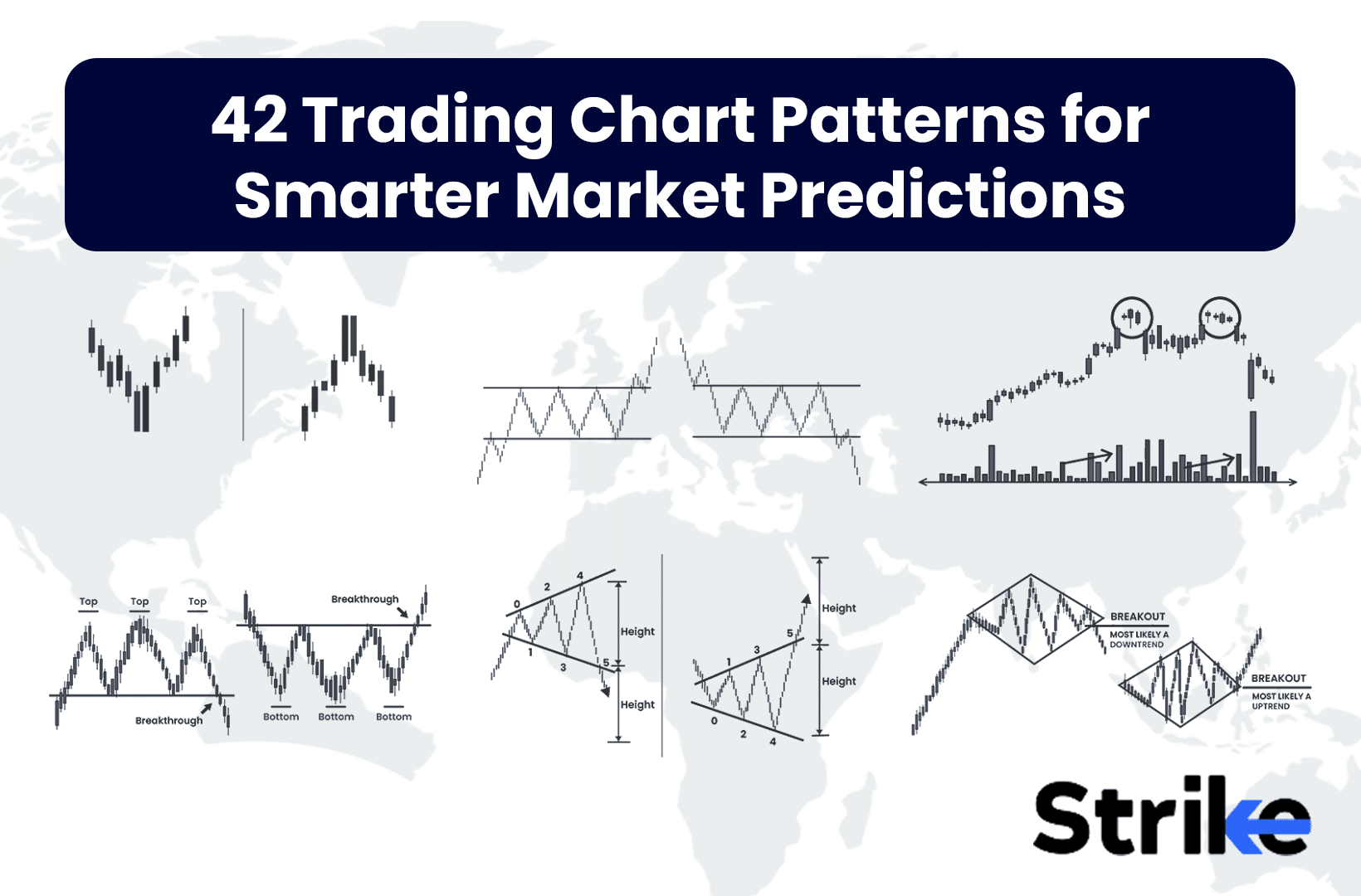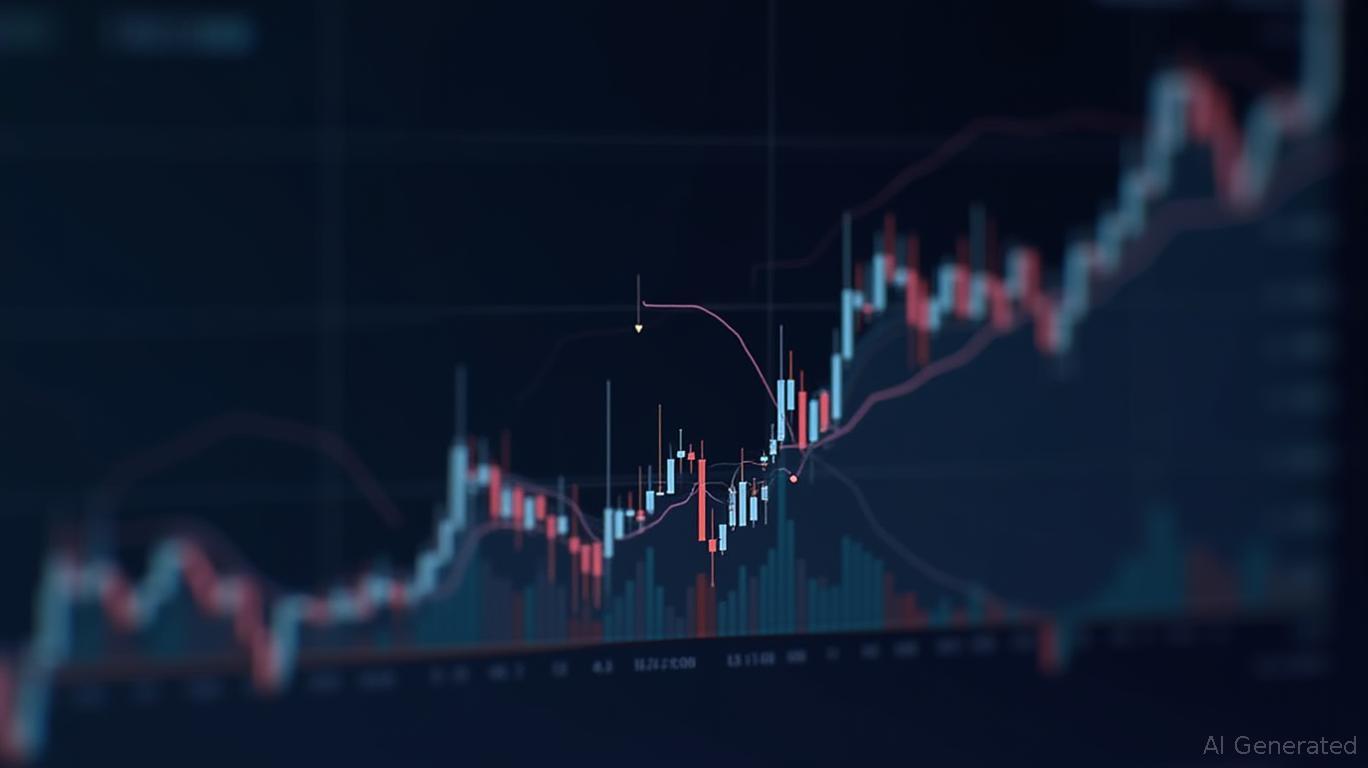Did you know that institutional investors control approximately 70% of the stock market? Understanding their trading patterns can be a game-changer for retail traders. This article dives into the significance of institutional trading patterns, explaining what they are and why they matter. We explore how these patterns influence market trends and stock prices, and whether retail traders can leverage institutional signals for their benefit. Additionally, we’ll discuss the tools available to track institutional trading behaviors, the impact on liquidity, and the associated risks. By grasping these concepts, you can potentially enhance your trading strategy and navigate market volatility more effectively. Join us as we unravel the intricate world of institutional trading with insights from DayTradingBusiness.
What are institutional trading patterns?
Institutional trading patterns show how large investors like hedge funds, mutual funds, and pension funds buy and sell assets. Following these patterns reveals where big money flows are heading, helping traders spot potential market moves early. They tend to cause significant price shifts because of their size, so tracking these patterns offers clues for smarter entry and exit points. Recognizing institutional trading habits can also reduce guesswork, making your trading decisions more informed and aligned with market trends driven by major players.
Why follow institutional trading patterns?
Following institutional trading patterns helps you identify where big money is flowing, revealing potential market moves early. It improves your trading accuracy by aligning your strategies with the actions of experienced investors. Spotting these patterns can also reduce risk, as institutions often have access to more information and resources. By mimicking their moves, you can capitalize on trends before they become obvious to retail traders. Overall, following institutional patterns gives you a competitive edge and more confidence in your trades.
How do institutional patterns influence market trends?
Institutional patterns reveal large-scale trading behaviors, guiding market trends by showing where big money flows. When institutions buy or sell heavily, it signals potential market direction shifts, helping traders anticipate moves. Following these patterns offers insights into market strength, reduces guesswork, and can improve timing for entry and exit points. It also helps avoid false signals from retail traders, aligning your actions with the market's true momentum.
Can retail traders benefit from institutional trading signals?
Yes, retail traders can benefit from institutional trading signals by gaining insights into large-scale market movements, improving entry and exit timing, and aligning their strategies with professional trading patterns. Following these signals can help identify trends early, reduce guesswork, and increase the chances of profitable trades.
What are common signs of institutional trading activity?
Common signs of institutional trading activity include large volume spikes, sudden price movements, order book imbalances, and unusual trade sizes. You might notice rapid price changes without news, increased activity in specific securities, or large block trades. These signs suggest institutions are entering or exiting positions, offering clues for savvy traders to follow their patterns.
How do institutional patterns affect stock prices?
Institutional trading patterns influence stock prices by signaling market sentiment and liquidity. When institutions buy or sell heavily, it can trigger price movements as other investors follow or react. Tracking these patterns reveals shifts in confidence or risk appetite, helping predict potential price trends. Following institutional trading offers insights into large-scale market behavior, enabling better timing and decision-making.
Are institutional trading patterns reliable indicators?

Yes, institutional trading patterns are reliable indicators because large players like hedge funds and banks often move big sums, influencing market trends. Observing their buying and selling habits can reveal shifts before retail traders catch on, giving you an edge. Following these patterns helps identify potential market reversals or breakouts early, improving your trading accuracy.
How can I identify institutional trading in real-time?
Look for large volume spikes and sudden price moves on the trading charts, especially during low volatility periods. Watch for order book activity showing big blocks being bought or sold quickly, indicating institutional interest. Use tools like level 2 quotes and time-and-sales data to spot large trades that move the market. Pay attention to patterns like breakouts from key support or resistance, which often signal institutional involvement. Monitoring these signs helps you identify institutional trading in real-time.
What tools help track institutional trading behaviors?
Tools like Bloomberg Terminal, Thomson Reuters Eikon, and TradeStation help track institutional trading behaviors. These platforms provide real-time data on large trades, order flow, and market movements, revealing institutional strategies. Additionally, services like WhaleWisdom and IC Trader analyze large fund flows and hedge fund activity, giving insights into institutional trading patterns.
Do institutional patterns vary across different markets?
Yes, institutional trading patterns vary across markets due to different regulations, investor behavior, and market structures. Following these patterns helps traders identify potential market moves, improve timing, and align strategies with institutional activity, which often signals significant market trends. Recognizing these variations allows for more precise decision-making tailored to each market’s unique dynamics.
Learn about Does leverage risk vary across different markets?
How do institutional trades impact liquidity?
Institutional trades boost liquidity by adding large volume to the market, making it easier for others to buy or sell without moving prices. When institutions trade regularly, they create more active markets, narrowing bid-ask spreads. This increased liquidity reduces trading costs for all participants and stabilizes prices, encouraging more trading activity. Following institutional patterns helps traders identify when liquidity is high, allowing for smoother execution and better price discovery.
Learn about How Do Institutional Orders Impact Market Liquidity?
Can understanding institutional patterns improve my trading strategy?
Yes, understanding institutional patterns helps you spot large trades and market moves early, giving you a competitive edge. It reveals where big players are placing their bets, which can signal trend reversals or continuations. Recognizing these patterns helps you align your trades with market momentum, reducing guesswork. It also improves risk management by identifying potential areas of support and resistance influenced by institutions. Overall, following institutional trading patterns makes your strategy more informed and precise.
What risks come with relying on institutional trading patterns?
Relying on institutional trading patterns risks mimicking large trades that can cause false signals or market manipulation. Institutions can also change strategies suddenly, leading to misleading patterns. Following their moves may result in missed opportunities if their actions don’t align with market fundamentals. Plus, institutional patterns often get crowded, increasing the chance of slippage or sharp reversals.
How do institutional trading patterns relate to market volatility?

Institutional trading patterns can signal upcoming market moves, increasing volatility as big players buy or sell heavily. When institutions change positions, it often triggers sharp price swings, making markets more unpredictable. Following these patterns helps traders anticipate volatility spikes, giving them a chance to adjust strategies before sudden moves.
Learn about Institutional Trading Patterns and How They Impact Day Trading Opportunities
Are institutional trading patterns useful for long-term investing?
Yes, institutional trading patterns can signal when large investors are buying or selling, helping long-term investors identify potential market trends. They reveal how big players react to market shifts, offering insights into the strength of a move. Monitoring these patterns can help avoid emotional decisions and align your investments with institutional confidence. However, they shouldn't be the sole basis for long-term decisions but used alongside fundamental analysis.
Conclusion about What Are the Benefits of Following Institutional Trading Patterns?
Incorporating institutional trading patterns into your trading strategy can significantly enhance your decision-making process. By understanding these patterns, you can gain insights into market movements, improve your timing, and potentially achieve higher returns. While there are risks involved, leveraging tools and resources can help you track institutional behaviors effectively. Ultimately, embracing these patterns can lead to more informed trading choices and better outcomes in the fast-paced world of trading. For further insights and guidance, DayTradingBusiness remains your go-to resource.
Sources:
- Follow the money: Investor trading around investor-paid credit rating ...
- Trading halts and the advantage of institutional investors: Historical ...
- Learning Chinese? The changing investment behavior of foreign ...
- Institutional ownership, analyst following, and share prices ...
- Institutional trading in firms rumored to be takeover targets ...
- Analyst Following and Institutional Ownership